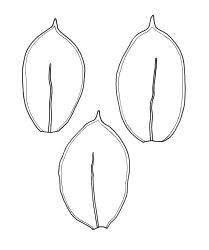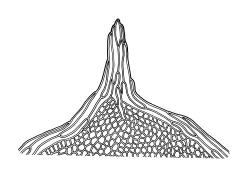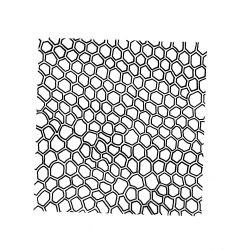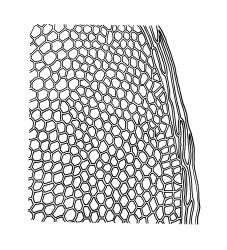- ≡ Hookeria crispula Hook.f. & Wilson, London J. Bot. 3: 550 (1844)
- ≡ Mniadelphus crispulus (Hook.f. & Wilson) Müll.Hal., Syn. Musc. Frond. 2, 25 (1850)
Plants small, soft, yellow-green, variably iridescent when dry, forming loose to compact layered mats. Stems prostrate to weakly ascendant, weakly to moderately and irregularly branched, pale red-brown in older portions, to 15 mm or more, in cross-section as per genus. Shoots c. 3 mm wide. Leaves inserted in 6–8 rows, complanate, slightly asymmetric (especially at insertion), strongly or weakly crisped when dry, broadly elliptic from a narrowed insertion, apiculate, plane, weakly or stoutly bordered, entire, (0.8–)1.0–2.3 × 0.7–1.1 mm; upper laminal cells beyond costa firm-walled, slightly thickened at corners, ± hexagonal, compact, becoming larger and laxer towards the base; juxtacostal cells not markedly differentiated; border of elongate cells well-differentiated, stout or delicate, concolorous. Costa concolorous, 20–30 µm wide at mid leaf, widening further at extreme base, unbranched or weakly spurred, extending ½ –¾ the leaf length.
Autoicous or dioicous. Perichaetial leaves ovate-acuminate, not or weakly bordered, ecostate. Perigonia gemmiform, scattered on stems, with cuspidate, ecostate, scarcely bordered bracts, with 1–3 antheridia and lacking paraphyses. Setae 3–11 mm, smooth, weakly sinistrorse, yellow- to red-brown; capsules horizontal to ± pendent, oblong-cylindric from a tapered neck, c. 0.7–1.0 mm, constricted below the mouth when dry, pale red-brown; exothecial cells oblong and strongly collenchymatous; annulus not seen; operculum long rostrate, c. 0.5–0.6 mm. Exostome teeth c. 240–270 µm; endostome segments uniseriate, c. 150 µm, neither keeled nor perforate. Calyptra c. 1.0 mm, hairy above. Spores 10–16 µm, green, smooth.
| Category | Number |
|---|---|
| Indigenous (Endemic) | 1 |
| Indigenous (Non-endemic) | 1 |
| Total | 2 |
Distichophyllum crispulum is treated here as including one typical (autonymic) and one atypical variety.







